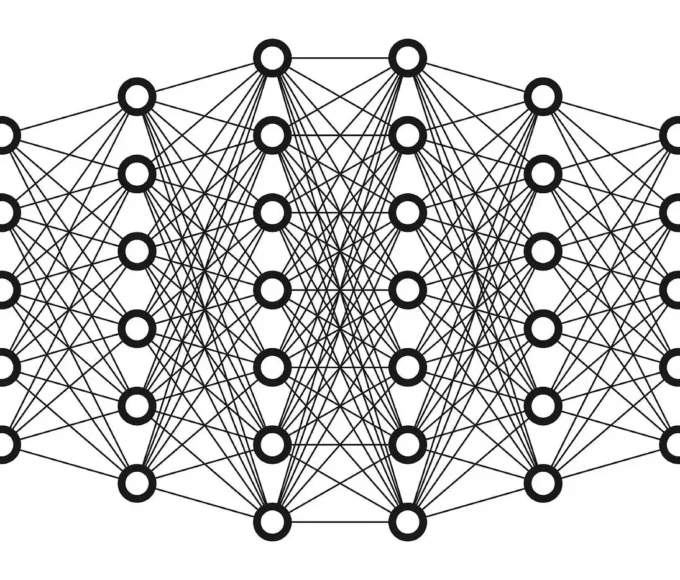Time series data is ubiquitous in our modern world. From stock market prices and weather forecasts to sensor readings in industrial machines, it’s everywhere. Analysing this data can provide valuable insights, but amidst the wealth of information, there often lurk anomalies – unusual data points that deviate from the norm. Detecting these anomalies is crucial for a wide range of applications, from fraud detection in financial transactions to fault detection in machinery. In this article, we’ll delve into the world of anomaly detection in time series data, exploring its importance, challenges, and various techniques.
Why Anomaly Detection in Time Series Data Matters
Anomalies in time series data can be indicative of critical events or issues that demand immediate attention. They can manifest as sudden spikes or dips in stock prices, abnormal weather patterns, or unexpected machinery malfunctions. Detecting these anomalies can have profound consequences, such as averting financial crises, preventing catastrophic failures, or identifying fraudulent activities.
Here are some practical applications of anomaly detection in time series data:
Financial Fraud Detection: Banks and credit card companies use anomaly detection to identify unusual patterns of transactions that may indicate fraudulent activity, such as unauthorized purchases or identity theft.
Healthcare Monitoring: In healthcare, time series data from patient vitals can be analyzed to detect anomalies that may signify a deteriorating health condition or the onset of a medical emergency.
Industrial Predictive Maintenance: Manufacturers use anomaly detection to monitor machinery and detect irregularities that could lead to costly breakdowns. By identifying anomalies early, they can schedule maintenance proactively and reduce downtime.
Network Security: Anomaly detection is crucial in cybersecurity to identify unusual network traffic patterns that may signify a cyberattack or breach.
Challenges in Anomaly Detection
Detecting anomalies in time series data is not without its challenges:
Noisy Data: Time series data can be noisy, containing irregular fluctuations or measurement errors. Distinguishing between genuine anomalies and noise is a complex task.
Imbalanced Data: Anomalies are typically rare events compared to normal data points. This class imbalance can lead to models that perform poorly on detecting anomalies.
Temporal Dependencies: Time series data often exhibits temporal dependencies, where the value at one time point depends on previous values. Capturing these dependencies is crucial for accurate anomaly detection.
Seasonality and Trends: Time series data may contain seasonality and trends, making it essential to differentiate between expected patterns and anomalies.
Techniques for Anomaly Detection in Time Series Data
Several techniques and algorithms have been developed to tackle the challenge of anomaly detection in time series data:
Statistical Methods: These include techniques like Z-score, which measures how many standard deviations a data point is away from the mean. Data points with a high Z-score are considered anomalies.
Machine Learning: Supervised and unsupervised machine learning algorithms, such as Isolation Forests, One-Class SVM, and Autoencoders, can be trained to distinguish anomalies from normal data based on features extracted from the time series.
Time Series Decomposition: This involves breaking down the time series into its constituent parts, such as trend, seasonality, and residual. Anomalies can then be detected in the residual component.
Prophet Algorithm: Developed by Facebook, Prophet is designed for time series forecasting with anomalies. It can capture seasonality, holidays, and sudden changes in data.
Deep Learning: Recurrent Neural Networks (RNNs) and Long Short-Term Memory (LSTM) networks are deep learning models that can be used for anomaly detection in time series data by learning the temporal dependencies.
Ensemble Methods: Combining multiple anomaly detection models or algorithms can enhance detection performance and reduce false positives.
Choosing the Right Approach
Selecting the most appropriate approach for anomaly detection in time series data depends on the specific problem, the nature of the data, and the available resources. It’s often beneficial to experiment with multiple techniques and fine-tune them to achieve the best results.
Anomaly detection in time series data is a critical task with numerous real-world applications. It helps organizations identify irregularities, prevent disasters, and make informed decisions. However, the challenges associated with noisy data, imbalanced datasets, and temporal dependencies require careful consideration when choosing the right technique.
As technology advances, new methods and tools for anomaly detection continue to emerge, making it an exciting and evolving field in data analysis and machine learning. Staying up-to-date with the latest developments is essential for organizations seeking to harness the power of anomaly detection in time series data.















Leave a comment